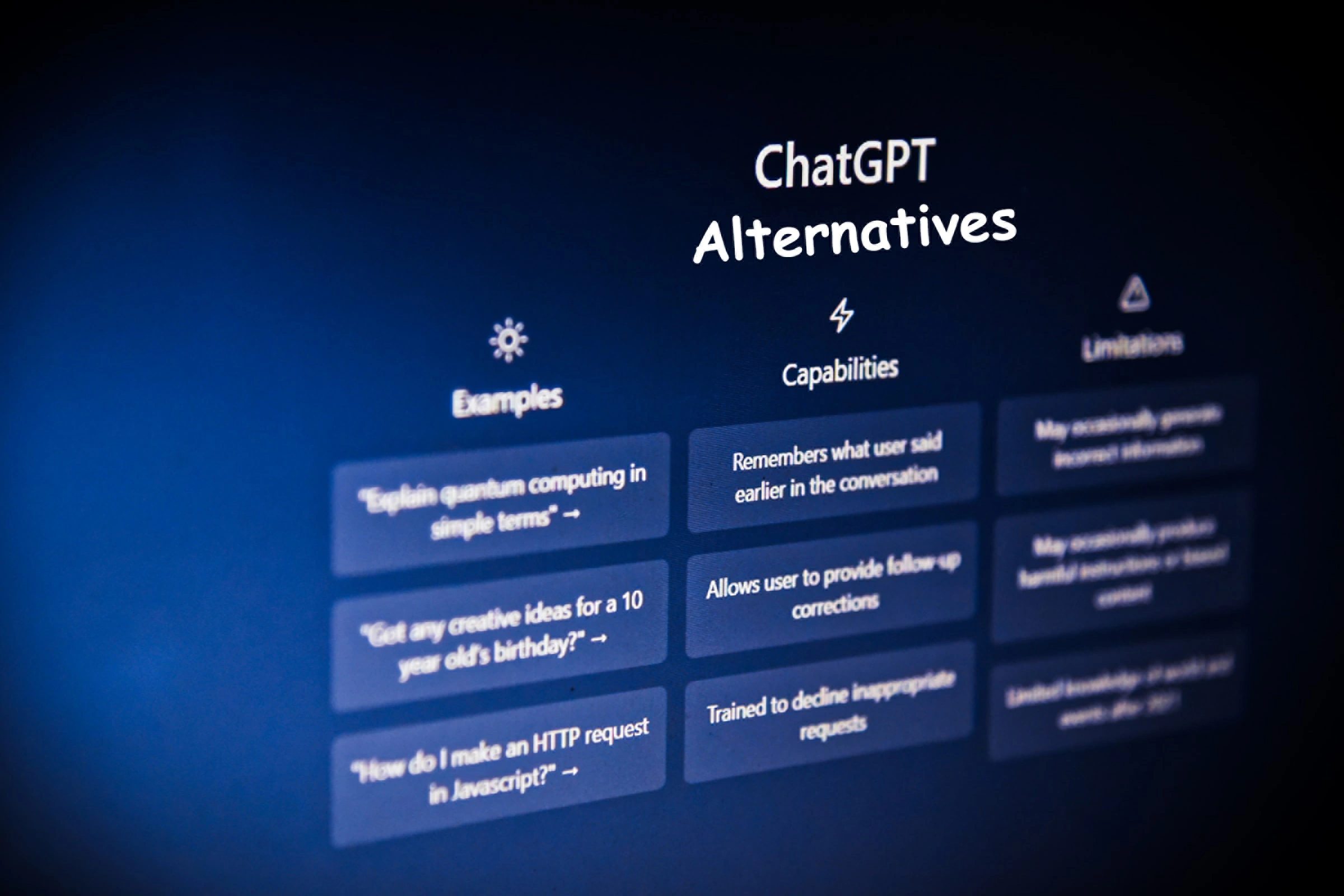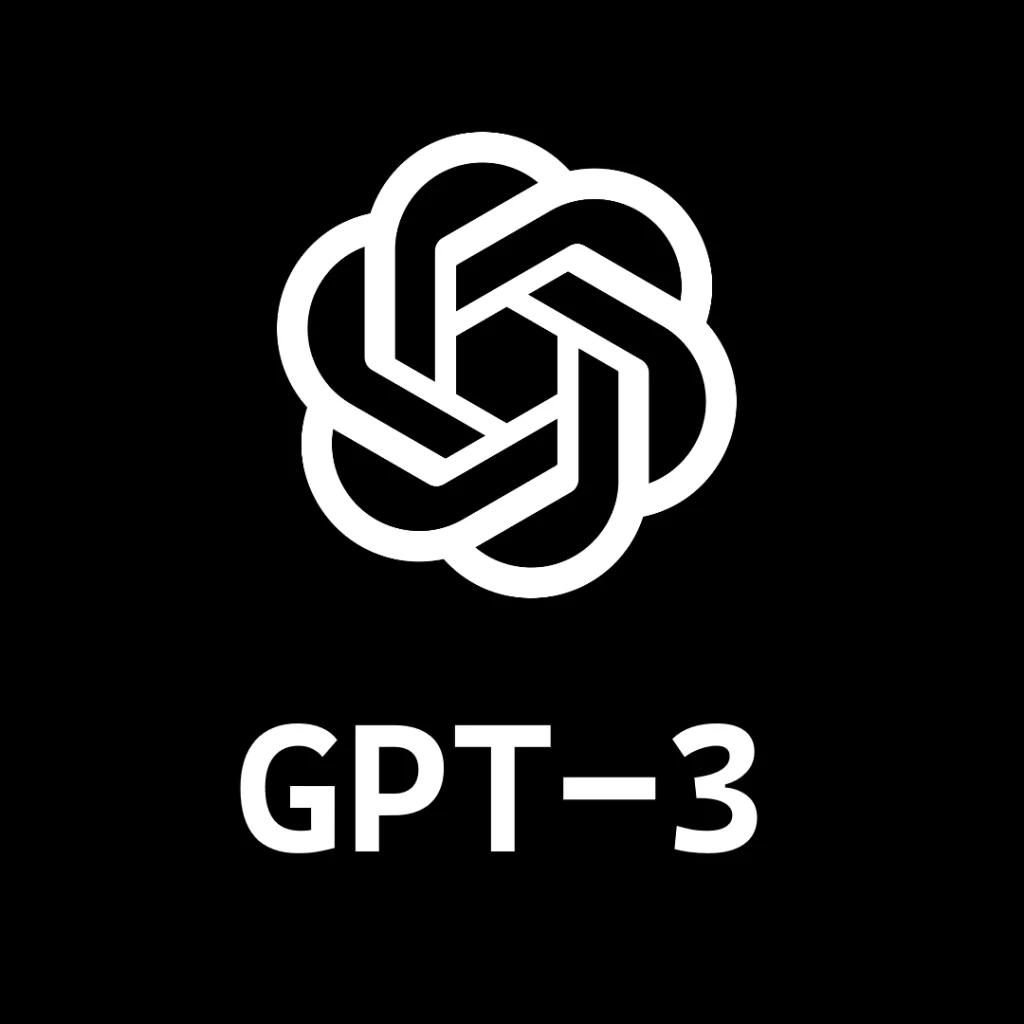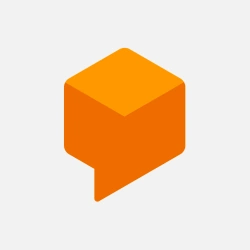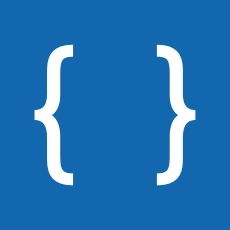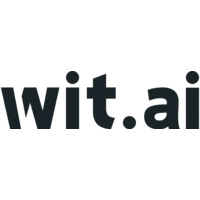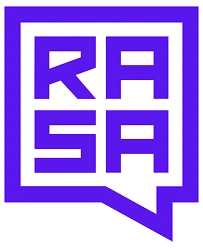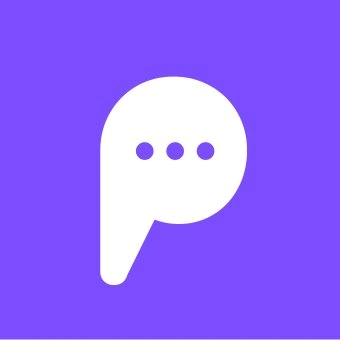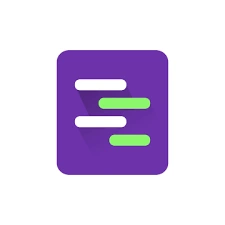ChatGPT is an AI language model that is trained by OpenAI to generate human-like responses to natural language inputs. It is one of the most popular chatbots in the market, but there are several other alternatives available as well.
Here are the 15 best ChatGPT alternatives that you should know.
Best ChatGPT Alternatives
1. OpenAI GPT-3
OpenAI GPT-3 is a state-of-the-art language model that can perform various tasks like text completion, translation, and summarization. It uses a deep learning approach to generate natural language responses and can be integrated into different applications.
With its ability to understand and produce natural language, GPT-3 is seen as a major breakthrough in the field of NLP and has significant potential for transforming the way we interact with machines.
With over 175 billion parameters, it is one of the largest language models available in the market.
Pros
- Impressive natural language processing capabilities
- Can be used for a wide range of applications, such as chatbots, translation and text summarization
- No need to train the model, as it has already been pre-trained on a vast amount of data.
Cons
- Expensive to access the API, pricing based on usage
- Can generate biased or harmful content
- Limited control over the generated output
2. Dialogflow
Dialogflow is a Google-owned chatbot platform that provides a robust set of tools for building and deploying conversational AI agents. It uses natural language processing and machine learning to understand user input and generate appropriate responses.
It can be used to create conversational interfaces for a variety of applications, including customer support, e-commerce, and virtual assistants and can also be integrated with various messaging platforms like Facebook Messenger, Slack, and Telegram.
Pros
- Can be used to build chatbots and conversational interfaces
- Supports natural language understanding and dialogue management
- Integrations with popular messaging platforms
Cons
- Limited customization and flexibility
- Expensive for high-traffic bots
- Difficult to integrate with some platforms
3. IBM Watson Assistant
IBM Watson is a suite of enterprise-level AI services that includes language understanding, speech recognition, and machine learning capabilities. It provides tools for building chatbots and virtual assistants, as well as other AI-powered applications.
With over 50 pre-built integrations, IBM Watson Assistant is a powerful platform that can be used to build complex conversational interfaces.
Pros
- Offers natural language understanding, intent recognition, and machine learning capabilities
- Facebook Messenger, Slack, and Twilio integration capabilities
- Robust documentation for easy setup and deployment
Cons
- Pricing based on usage and the number of requests made
- Complex and challenging to set up and use
- Limited control over the generated output
4. Amazon Lex
Amazon Lex is a natural language processing service that enables developers to build chatbots and voice assistants. It uses machine learning algorithms to understand user input and generate intelligent responses.
With seamless integration with other AWS services, Amazon Lex is an excellent choice for building conversational interfaces for your applications.
Pros
- User-friendly interface
- Integrates with Amazon Web Services
- Natural language understanding and dialogue management
Cons
- Customization limitation
- Expensive to use
- Difficult to integrate with platforms outside of Amazon’s ecosystem
5. Microsoft LUIS
Microsoft LUIS (Language Understanding Intelligent Service) is a cloud-based platform for building natural language processing models for chatbots and virtual assistants. It enables developers to create language understanding models using machine learning techniques and provides pre-built templates for common use cases such as customer support and e-commerce.
With its focus on accuracy and ease of use, LUIS has become a popular choice for businesses seeking to create intelligent chatbots that can understand and respond to user inputs in a natural and conversational manner.
Pros
- Natural language understanding, intent recognition, and machine learning capabilities
- Integrates with Facebook Messenger, Slack, Skype, etc
- Easy setup and deployment
Cons
- Can be expensive for larger businesses
- Requires technical know-how to set up
- Difficult to fine-tune the model for specific use cases
6. TensorFlow
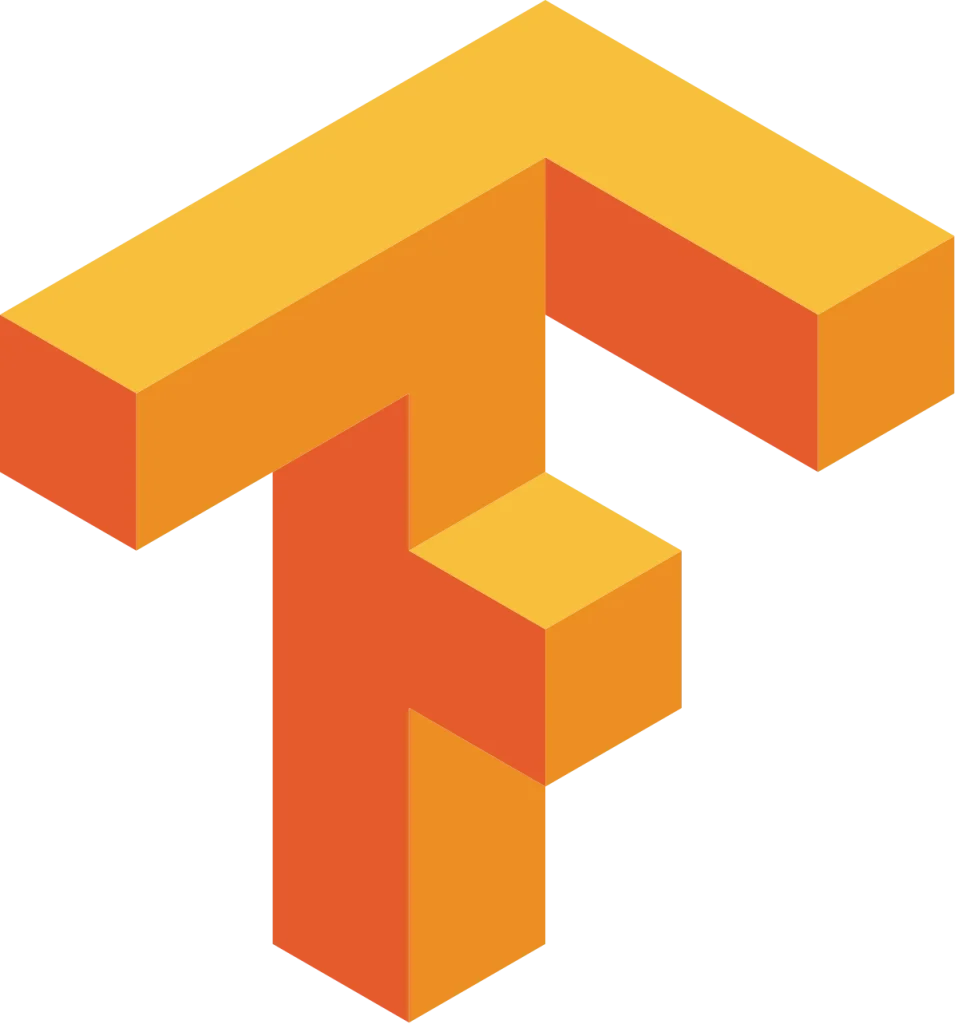
TensorFlow offers a user-friendly interface for designing and implementing deep learning models, as well as APIs for integrating with popular programming languages such as Python and C++.
Pros
- Build custom machine learning models
- Supports multiple programming languages
- Excellent documentation
Cons
- Requires technical expertise to set up and use
- Computationally expensive for training complex models
- Limited support for natural language processing out of the box, requiring additional modules and libraries
7. Microsoft Bot Framework
Microsoft Bot Framework is a development platform for building chatbots and virtual assistants that can interact with users through various channels, such as Skype, Slack, and Facebook Messenger. It provides developers with pre-built components and templates for building conversational interfaces.
It provides tools for natural language processing and understanding, as well as integration with other Microsoft services.
Pros
- Wide range of tools for building chatbots and conversational interfaces
- Facebook Messenger, Skype, and Slack integration
- User-friendly interface for easy setup and deployment
Cons
- Expensive for high-traffic bots
- Complex and challenging to set up
8. Wit.ai
Wit.ai is another platform that allows developers to build chatbots and virtual assistants. It uses machine learning to analyze and understand user inputs and generate appropriate responses. It can be integrated with various messaging platforms such as Facebook Messenger, Slack, and Telegram.
With a user-friendly interface and comprehensive documentation, Wit.ai is an excellent choice for building conversational interfaces.
Pros
- NLP understanding and intent recognition
- Integrations with popular messaging platforms
- Flexible deployment options
Cons
- Limited customization and flexibility
- Expensive for high-traffic bots
9. Rasa
Rasa is an open-source chatbot platform that provides a range of features for businesses and developers seeking to build powerful and scalable conversational AI solutions. It provides developers with a flexible and customizable platform for creating natural language processing (NLP) models, training and testing dialogue management systems, and integrating with third-party APIs and services.
With a large community of developers and comprehensive documentation, Rasa is an excellent choice for building conversational interfaces.
Pros
- User-friendly interface
- Offers flexible deployment options, including on-premises and cloud-based options.
- Natural language understanding, dialogue management, and intent recognition
Cons
- Can be challenging to set up and use
- Chatbot design flexibility limitation
- Pricing based on usage
10. Pandorabots
Pandorabots is a platform for building and deploying chatbots and virtual agents for a variety of industries, including healthcare, e-commerce, and customer service. It offers an AI-powered chatbot development suite that includes a graphical interface for designing conversational flows and a natural language processing engine for understanding user inputs.
Pandorabots has been used by companies such as Coca-Cola, Airbus, and Toyota to create engaging and personalized conversational experiences for their customers.
Pros
- Dialogue management capability
- Integrates with many messaging platforms
- Documentation for easy setup and deployment
Cons
- Limited customization and flexibility
- Expensive for high-traffic bots
- Limited control over output generation
11. Tars
Tars is a chatbot platform that enables businesses to build custom conversational interfaces for their applications. It offers a user-friendly drag-and-drop interface for building chatbots, as well as pre-built templates for common use cases like lead generation and customer support.
With its focus on simplicity and ease of use, Tars has become a popular choice for small and medium-sized businesses seeking to automate their customer service and streamline their lead generation processes.
Pros
- User-friendly interface for building chatbots
- Offers flexible deployment options
- Natural language understanding capability and dialogue management
Cons
- Pricing based on API requests made
- Limited customization flexibility
12. Ada
Ada is an AI-powered chatbot platform that enables businesses to create and deploy chatbots for customer support and engagement. It offers a drag-and-drop interface for designing conversational flows, as well as natural language processing capabilities for understanding user inputs.
Ada’s platform also includes integrations with a variety of messaging channels, including Facebook Messenger and WhatsApp, and offers features such as personalized recommendations and sentiment analysis.
Pros
- Easy to set up
- Good documentation
Cons
- Limited customization and flexibility
- Can be expensive
13. Hugging Face

The platform includes a range of tools for fine-tuning models and creating conversational interfaces, as well as integrations with popular messaging platforms such as Facebook Messenger and Slack.
Pros
- Pre-trained models and tools for natural language processing
- Supports multiple programming languages
- Active community support for developers
Cons
- Some pre-trained models can be computationally expensive to run
- Limited customization and flexibility
14. BotStar
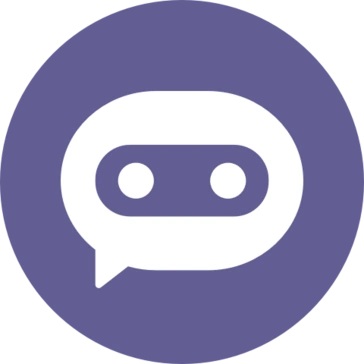
BotStar includes integrations with popular messaging platforms like Facebook Messenger and WhatsApp, and offers features such as natural language processing and sentiment analysis for more accurate and personalized interactions.
Pros
- Can be used to build conversational interfaces
- Integrations with popular messaging platforms
Cons
- Can be expensive for high-traffic bots
- Limited customization and flexibility
15. Botpress
Botpress is an open-source chatbot development platform that enables developers to build, train, and deploy chatbots using a visual interface. It provides developers with a set of tools, including a graphical interface and a powerful scripting language, to create highly customized and sophisticated conversational experiences.
It also includes features like natural language processing, machine learning, and analytics, which enable developers to create intelligent bots that can understand user intent and provide personalized responses.
Pros
- Offers a user-friendly interface and flexible deployment options
- Support for multiple languages
- Open-source code and active community support
Cons
- Can be challenging to set up and use, especially for less technical users
- Limited customization and flexibility
- Limited control over the generated output

